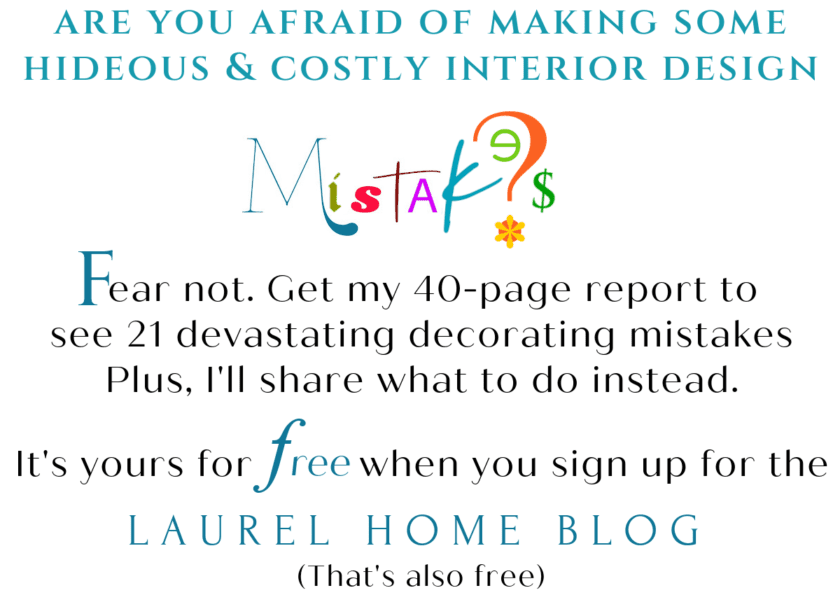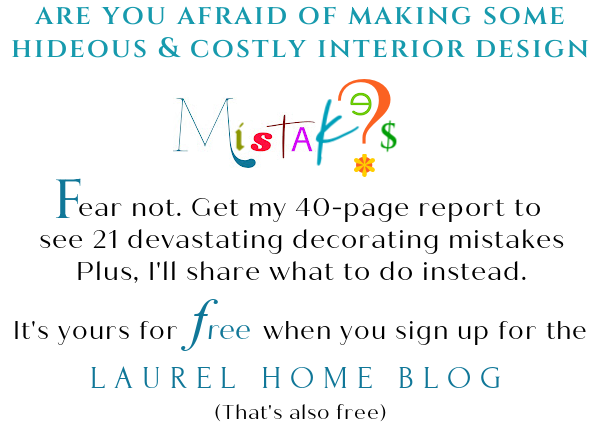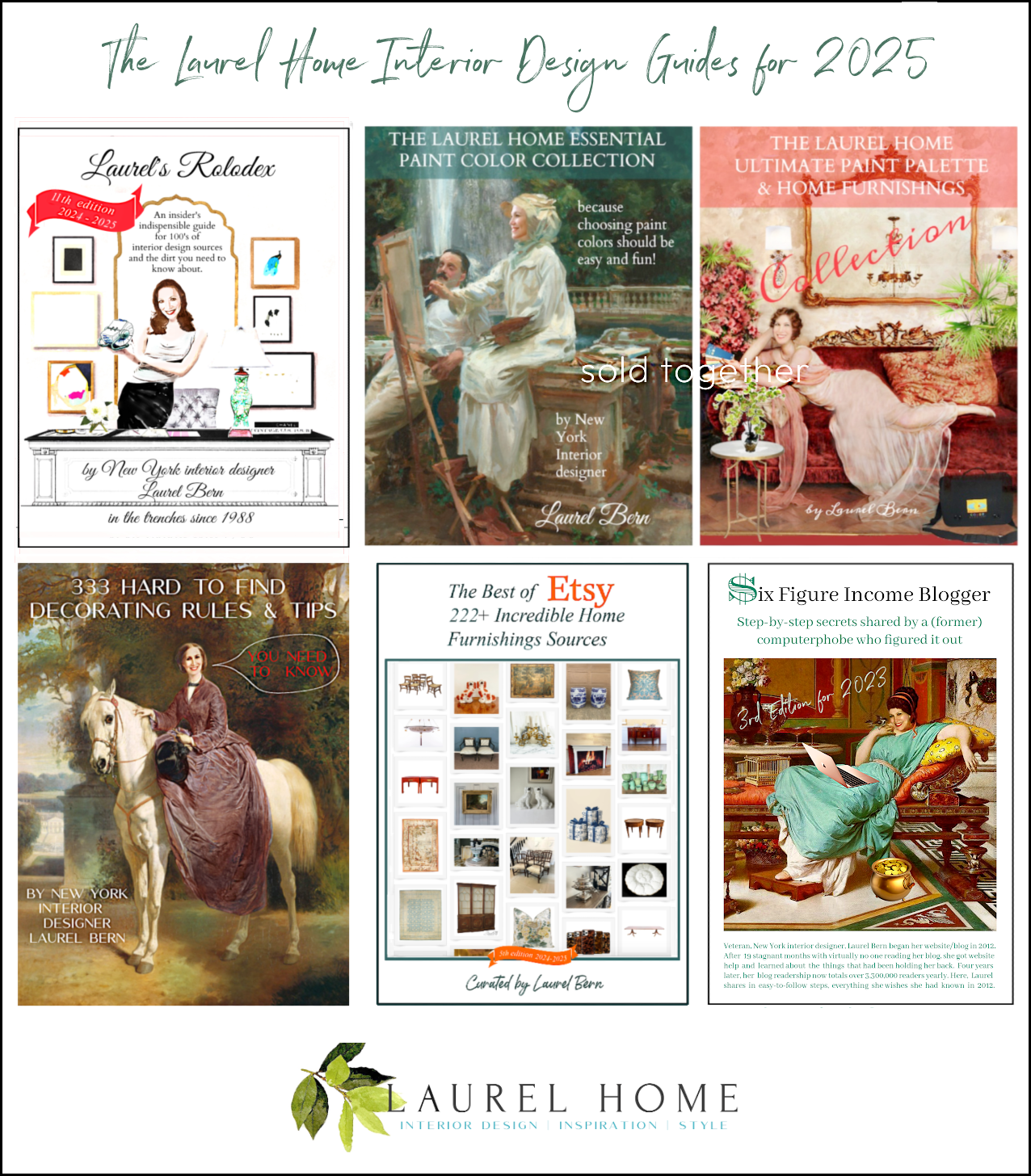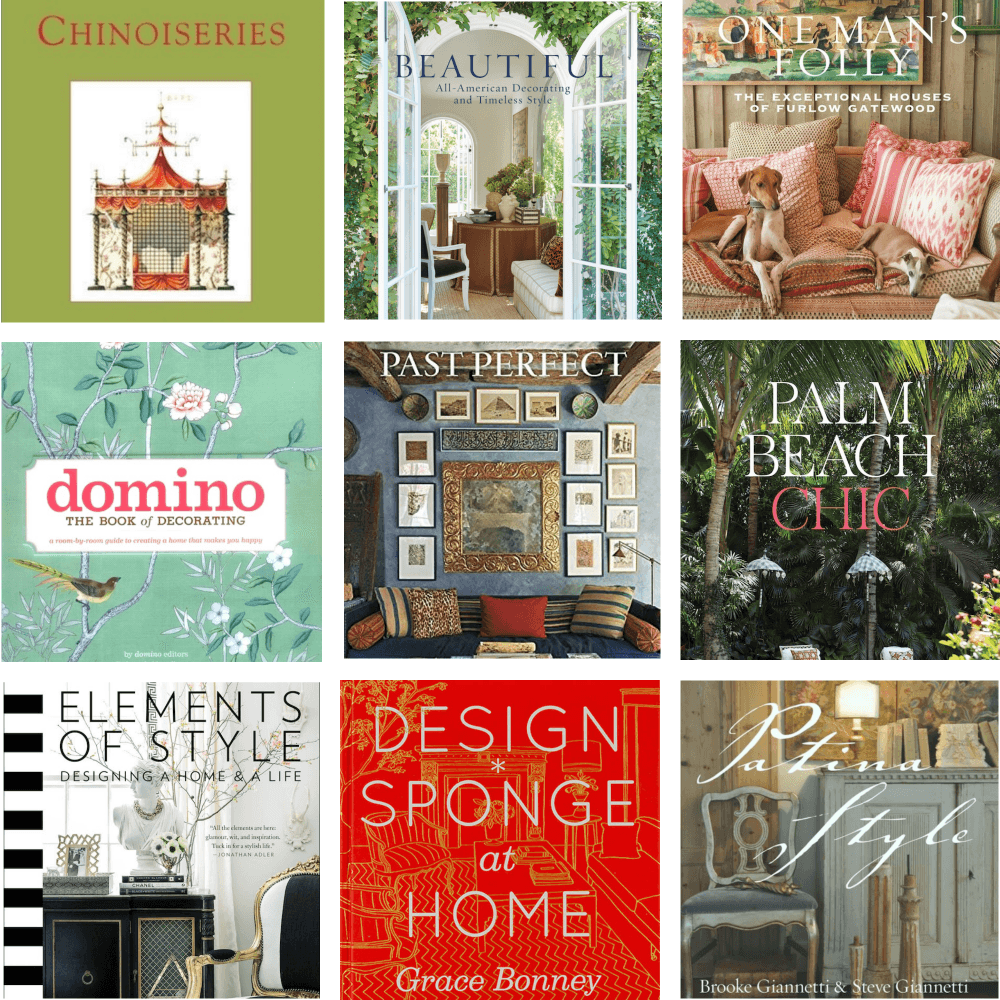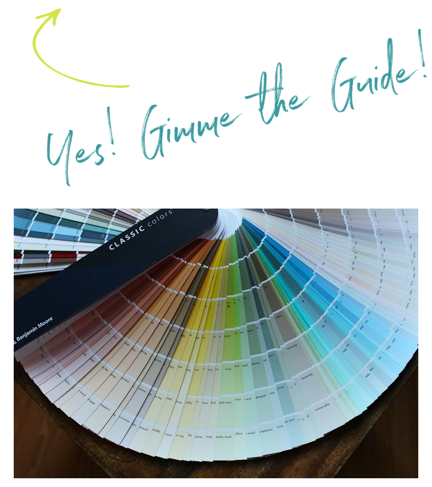Actually, the title should be, What is the difference between an interior designer and an interior decorator? However, I am only allowed 70 characters for my titles. :]
To put it succinctly, an interior decorator has not had any formal training; an interior designer, has. Albeit, it’s not quite as simplistic as that. I went to the New York School of Interior design full-time, for three years. After that, I’ve had 22+ years of working experience, working on well over 200 residences. And in the eyes of some authorities, I should really be calling myself a decorator.
I do not like that word. Oh, it’s fine if you call me that; I’ve been called worse. However, for me, it conjures up the idea of some snooty socialite who relies solely on the fact that she has really, really “good taste” and a penchant for fine things.

Patricia Neal in Breakfast At Tiffanys
Before I go on… I realize that what I’m about to say is apt to whip up another shitestorm because it’s quite a loaded topic amongst us “interior” professionals. However, I do think that my views are shared by the majority of us residential interior designers. My aim isn’t to rile y’all up. [although, perhaps that’s unavoidable?] Also, some of my colleagues who follow my blog belong to ASID [American Society for Interior Designers] and I respect them immensely and for doing whatever works for them and their business.
However, from my standpoint, I don’t have any use for ASID whatsoever and I am going to tell you why. Let’s start with the fact that I have been asked exactly twice in the last 22 years if I even belong. My clients in NY either don’t know or don’t care or both. They want to know that they will get a beautifully designed home by an experienced professional and you don’t need to belong to ASID to provide that. I used to belong as an allied member, but decided several years ago that it was a complete and total waste of money.
Here is why I think that ASID sucks.
Decades ago, they came up with this qualifying exam called the NCIDQ. [National Council for Interior Design Qualification]. They grandfathered in the old-timers, but then decided in the 80’s that if you wanted to be a full-card carrying member of ASID, ya had to pass the test. The test is heavily biased towards contract [commercial] interior design. You have to know stuff like commercial building codes and all about fire-retardant materials, etc. That is certainly fine and even advisable IF you do contract work. But why is there not a separate qualifying test for RESIDENTIAL interior designers? There isn’t, just the one.
In addition, ASID has been lobbying for years to have an interior designer licensed before they may use the appellation — INTERIOR DESIGNER.
Here’s the problem with that. The requirements for licensure are the same as the ones to receive full admittance into ASID. Can we say conflict of interest? In addition to the NCIDQ, the prospective interior designer must receive a 4-year interior design degree from an accredited program of study and then apprentice with an ASID designer for at least two years. And then— pass the test.
The NCIDQ is expensive and requires extensive study for things that residential interior designers do not need to know. Furthermore, we are not taught most of this subject matter in our accredited interior design programs! [far from it!!!] These are specific applications like commercial building codes, fire retardant materials and handicap accessibility. [eg: the minimum width for wheelchair egress is 36”] For the average residential job, this information is completely irrelevant unless there is a special circumstance.
Now, here’s the kicker.
The failure rate for the NCIDQ is at approximately 60%! One could get the four-year accredited interior design degree, work for an ASID designer for 2 years and then not pass the test, and they will not be able to call themselves an interior designer in some states which make licensing mandatory. [NY, thank God is not one of them. If you jump through all of the draconian hoops that ASID has in place, you may then call yourself a CERTIFIED INTERIOR DESIGNER in the state of NY.]
Jolly good.
Here are the rest of the problems.
There are few ASID designers around. Only about 3% of all interior designers are full card-carrying members. The rest are allied members who have no privileges except to be able to say that they are “allied ASID” Big effing whoop.
Dare I deem to add a soupcon of logic here? If I have already been a practicing interior designer for 22 years, why pray tell, would I or could I then “train” under an ASID interior designer? It’s even possible that I might know more than her. [I said, possible and I am certainly not above learning new things. I do all the time.] If I was a young designer, just out of design school, how on earth am I supposed to find a job working for someone when 97% of my prospective employers do not even belong to ASID?
Hmmmm…. Sounds like they are trying to smoke some of us out? Oh dear me. Someone please explain to me how this could be good for our profession?
There’s more.
Even IF one met all of these technical requirements, it doesn’t mean that they are a good designer. Being a good designer means so many things. What good is it if a designer can make a gorgeous room full of fire-retardant materials, but then, is a total bitch to her clients and vendors?
I was one of the thousands of allied ASID members who made a quick exit circa 2008. I decided that it’s all a big con. They did absolutely nothing for me. In fact, one time when I was having a difficult problem and needed advice, they were as helpful to me as last week’s grocery coupons and about as warm too.
Again, for my friends and colleagues who for whatever their reasons are full card-carrying members of ASID, did the hard work and became accredited, I am not going to disparage that. However, I have a big problem with the hypocrisy and obvious corruption that’s taking place within this organization. I have seen their lonely, cold booth at the New York Now show. It doesn’t have to be this way.
Hey, they don’t even have a group health plan! That would actually be an incentive to join. Not their ferkakta, irrelevant test!
There’s another crucial point that ASID seems to have overlooked. As interior designers, licensed or not, we do not have the authority to be general contractors or to move walls. Never.
Only licensed architects can submit building plans for approval and only licensed contractors can carry out the work. I always use these professionals for this type of work.
Well, Laurel, that is all very interesting, so tell me, what DO Interior designers need to know in order to be able to call themselves interior designers as opposed to a pillow-fluffing decorator?
THAT is a very good question and here is my list of requirements that an interior designer needs to know. [in addition to pillow fluffing] ;]
- Color theory
- Space planning
- Basic Drafting and drawing skills – including knowledge on how to make scale drawings in plan and elevation. Perspective drawing is very good to know too.
- Knowledge of Historical Styles
- Materials and methods used in building construction
- Furniture Design
- Lighting Design
- Interior design business including the drafting up of contracts, billing, pricing, maintaining an office and employees
- specification rules. [This was completely glossed over at the New York School of Interior Design. I hope that’s changed. I learned it all in the four years that I worked for other people after I had finished.]
Any 2-year accredited interior design school can teach this. There is also some overlap with art majors. There is a lot of overlap between interior design school with architectural school, But we are NOT architects and definitely not contractors.
At the New York School of Interior Design where I went for three years, I went way beyond all of the basic requirements. I spent 1000s of hours making gorgeous ink on mylar architectural drawings–16 huge pages complete with a lighting plan. I made scale models of homes and apartments and I did photo-realistic renderings of everything from faucets to home exteriors and interiors. I even did a shopping mall complete with logo carrying the design theme all the way down to the shopping bags! And a lot more! It was a lot of fun and certainly fulfilled a lot of my creative yearnings. However, at least 90% of what I know and USE on a day-to-day basis in my business, I learned AFTER I finished my three years at interior design school.
Ironically, near the end of my term, I did win an ASID sponsored scholarship at the New York Design Center beating out 40 of my colleagues for a $2,000 scholarship. For that, I am very honored and grateful. It is something I am exceedingly proud of. I was eight months pregnant and interior design giant Juan Montoya* was one of the judges.
*[more about Juan and some others in my next post; shocking stuff too!]
The main point of all of this is that the difference between a designer and a decorator might actually be nothing.
Speaking of super-star legends of the interior design field, I have here, nine of some of the finest from the early advent of the profession, to the hottest tickets currently around.
1. Barbara Barry 2. Darryl Carter 3. Sister Parish
4. Jonathan Adler 5. Nancy Lancaster 6.Vicente Wolf
7. Kelly Wearstler 8. Nate Berkus 9. Elsie De Wolfe
Okay. question. Can you pick out which ones of these are “interior decorators” and which ones are “interior designers?”

To be continued…
WHAT? You’re not going to tell us?
Yes, you can see part II which explains all, by clicking here.
xo,
![]()
Related Posts
 The Trick to Choosing Color Schemes|Analogous Colors
The Trick to Choosing Color Schemes|Analogous Colors 3 Interior Design Trends You’ll Regret and 3 Keepers
3 Interior Design Trends You’ll Regret and 3 Keepers The best sofa to buy | Laurel’s #1 pick!
The best sofa to buy | Laurel’s #1 pick! Why Bunny Williams’ Husband Hates Me
Why Bunny Williams’ Husband Hates Me The Most Important Thing You Need When Buying Furniture
The Most Important Thing You Need When Buying Furniture 20 Great Fireplace Mantel Decorating Ideas
20 Great Fireplace Mantel Decorating Ideas Benjamin Moore Paint Colors Matched to Farrow and Ball 2015!
Benjamin Moore Paint Colors Matched to Farrow and Ball 2015!


